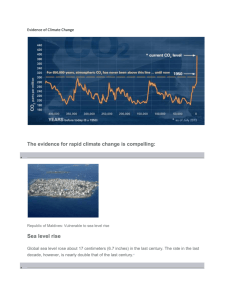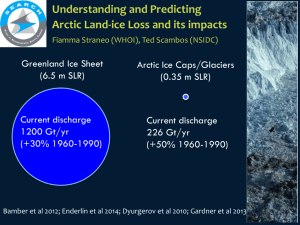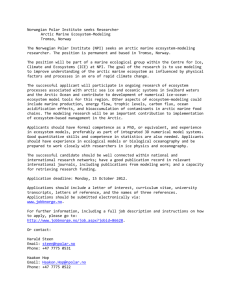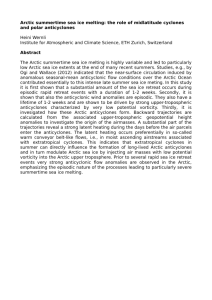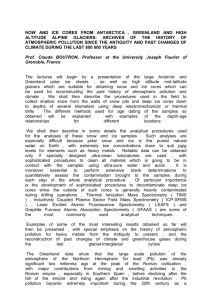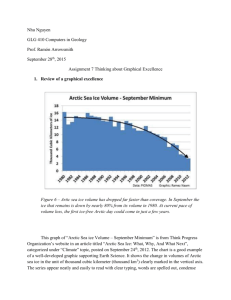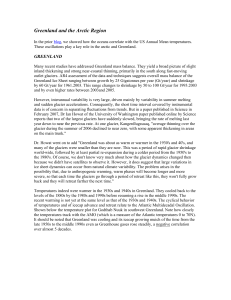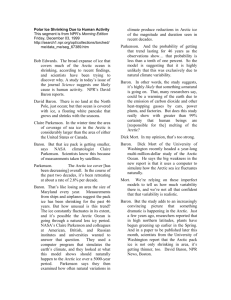NR_Ice_cores_Bendle_Sept_15_FINAL
advertisement
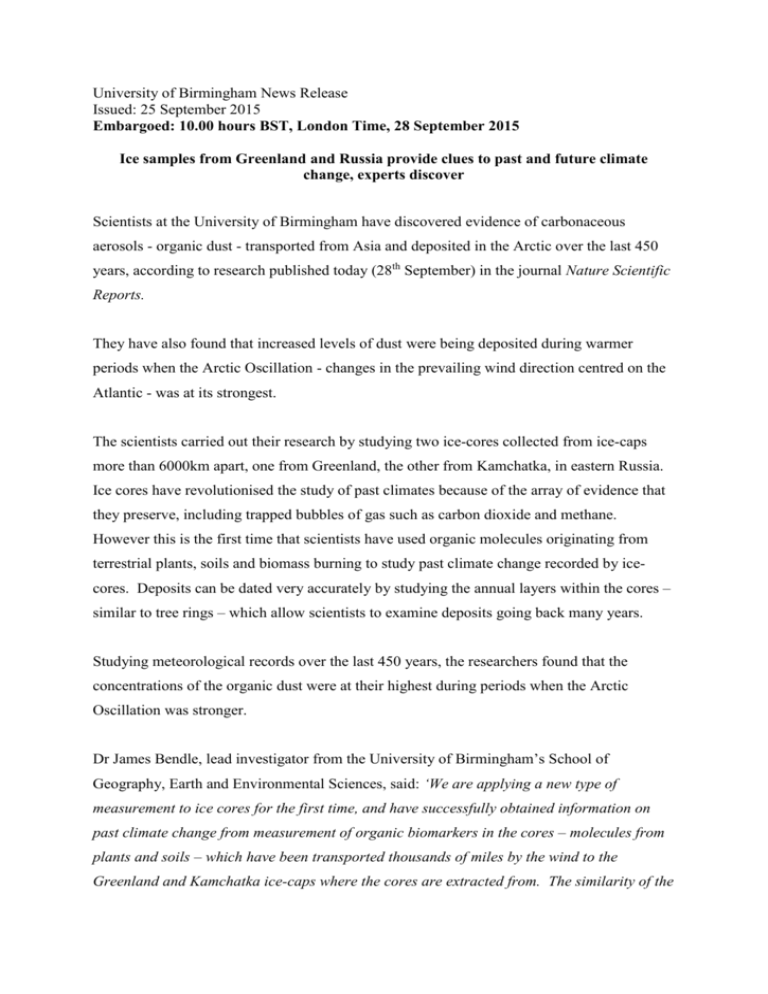
University of Birmingham News Release Issued: 25 September 2015 Embargoed: 10.00 hours BST, London Time, 28 September 2015 Ice samples from Greenland and Russia provide clues to past and future climate change, experts discover Scientists at the University of Birmingham have discovered evidence of carbonaceous aerosols - organic dust - transported from Asia and deposited in the Arctic over the last 450 years, according to research published today (28th September) in the journal Nature Scientific Reports. They have also found that increased levels of dust were being deposited during warmer periods when the Arctic Oscillation - changes in the prevailing wind direction centred on the Atlantic - was at its strongest. The scientists carried out their research by studying two ice-cores collected from ice-caps more than 6000km apart, one from Greenland, the other from Kamchatka, in eastern Russia. Ice cores have revolutionised the study of past climates because of the array of evidence that they preserve, including trapped bubbles of gas such as carbon dioxide and methane. However this is the first time that scientists have used organic molecules originating from terrestrial plants, soils and biomass burning to study past climate change recorded by icecores. Deposits can be dated very accurately by studying the annual layers within the cores – similar to tree rings – which allow scientists to examine deposits going back many years. Studying meteorological records over the last 450 years, the researchers found that the concentrations of the organic dust were at their highest during periods when the Arctic Oscillation was stronger. Dr James Bendle, lead investigator from the University of Birmingham’s School of Geography, Earth and Environmental Sciences, said: ‘We are applying a new type of measurement to ice cores for the first time, and have successfully obtained information on past climate change from measurement of organic biomarkers in the cores – molecules from plants and soils – which have been transported thousands of miles by the wind to the Greenland and Kamchatka ice-caps where the cores are extracted from. The similarity of the ice core records is remarkable considering the geographical separation between the two sites. This gives us confidence that our records represent broad scale changes in the northern Hemisphere and not just local factors. ‘Climate models predict that the Arctic Oscillation will increasingly move into its positive mode of wetter and windier weather in the North as a response to increases in greenhouse gases and global warming. If this is the case, our research suggests that there could be increased transport of dust and carbonaceous aerosols to the Arctic. As these organic-rich dusts are dark in colour, they could start to lower the reflectance of the snow and ice covered surfaces in the Arctic, leading to an even warmer regional climate.’ Ends Notes to Editors For further information Kate Chapple, Press Office, University of Birmingham, tel 0121 414 2772 or 07789 921164, email: k.h.chapple@bham.ac.uk
